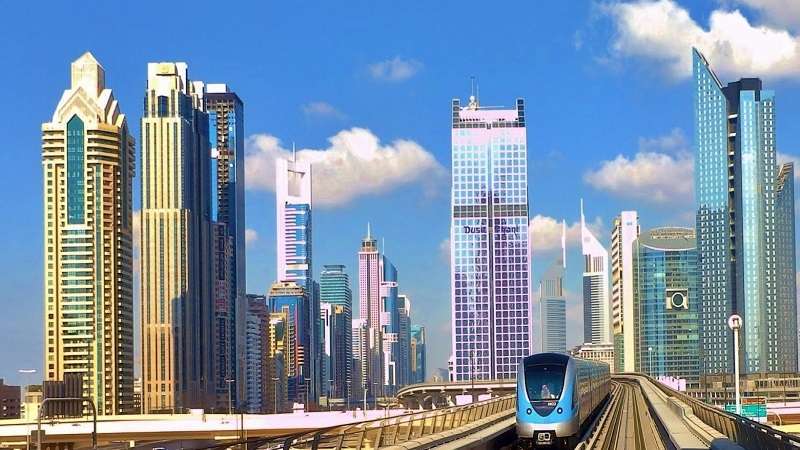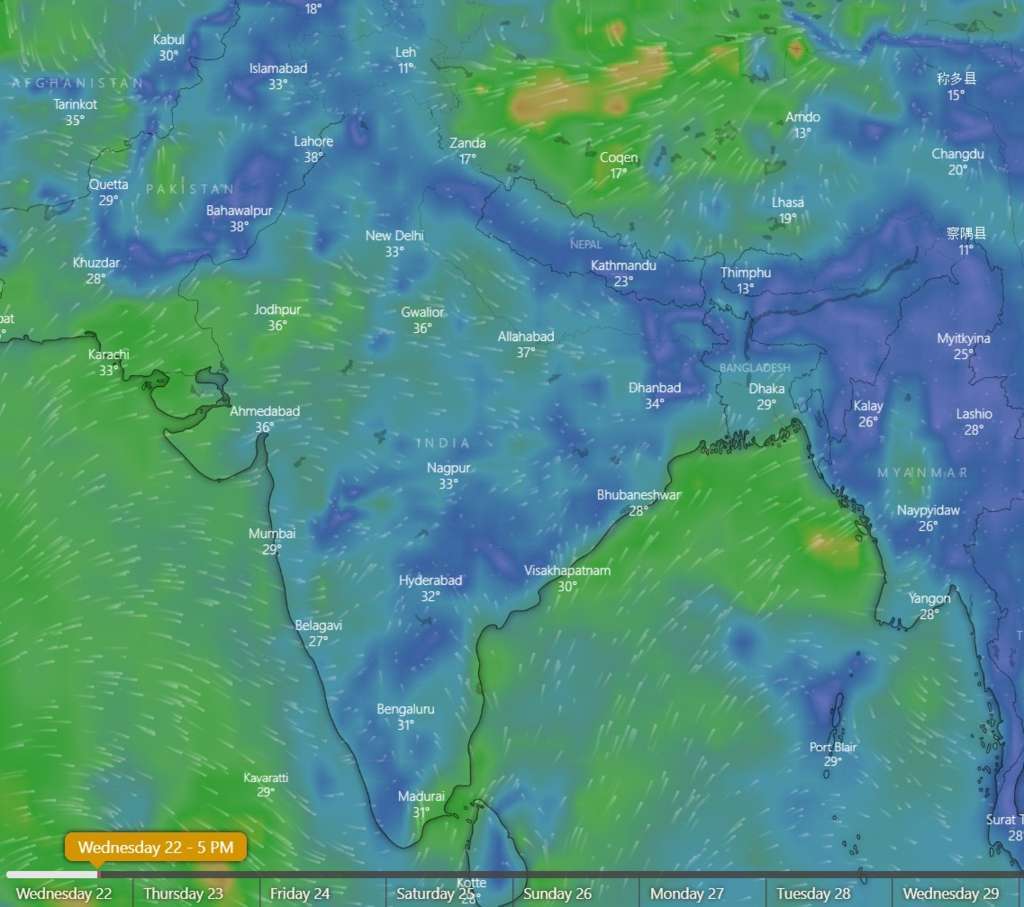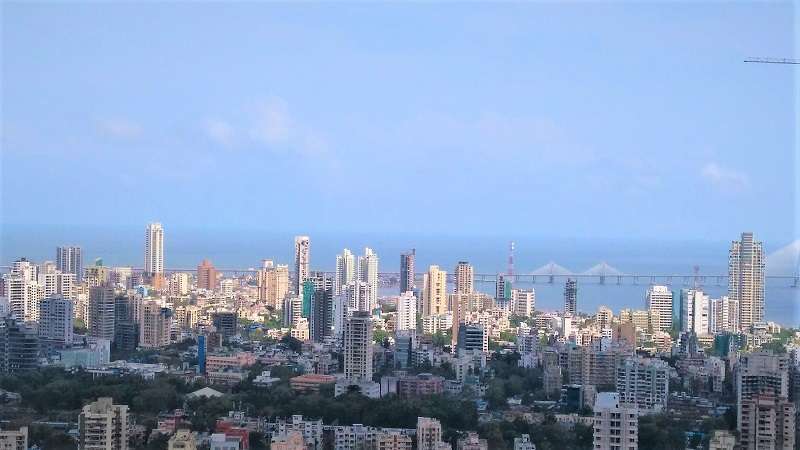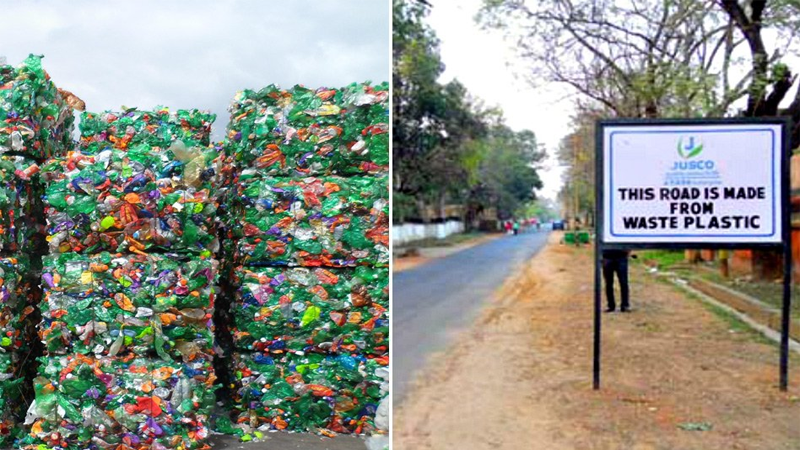HEALTHY CITIES
A
healthy city is one that is continually creating and improving those social and
physical environment and expanding those community resource which enables
people to mutually support each other to perform all the functions of life and developing
to their maximum potential. Healthy cities focuses on process, not just the
outcome requiring a continuous development process that has no end point. The
concept of health cities originated in year 1842. The British government held a
health of town conference and publish a Chadwick report prevailing that living
condition of the under privileged population. Health of town association was
set up in 1844 to improve people living condition and addressing health problem
in the cities. Healthy cities as a concept officially became known after the
publication of guideline for healthy cities in 2005. Third goal of sustainable
development goal also focus on Good health and well being and there is need to
create healthy cities in India. Characteristics of Healthy cities are as
follows,
1)
A clean, safe physical environment of high quality
2)
An ecosystem that is stable now sustainable in long term
3)
A strong, mutually supportive and non-exploitative community
4)
A high degree of public participation and control by public over the decision
affecting their lives, health and well being
5)
The meeting of basic needs (Food, water, shelter, income, safety and work) for
the city people
6)
Access to wide variety of experience and resource with possibility of multiple
contacts, interactions and communications
7)
A diverse, vital and innovation city economy
8)
Encouragement of connectedness with the past, with the cultural and biological
heritage and with other groups and individual
9)
A city form that is compatible with and enhances the above parameters and
behaviours
10)
An optimal level of appropriate public health services accessible to all
11)
High health status
12)
Provisions for good sanitation and hygiene
In India, there are great inequalities in
health between states. India's Global Hunger Index ranking of 102 out of 119
nations in 2018 behinds its neighbour Nepal, Pakistan and Bangladesh. It is
considered that one in every three malnourished children in the world lives in
India. In 2008 there were more than 122 million households that had no toilets,
and 33% lacked access to latrines, over 50% of the population (638 million)
defecated in the open. Due to the success of Swachh Bharat Mission initiative
of the government of India, launched in 2014, India constructed 110 million
toilets in the country. As of 2018 about 95.76% of Indian households have
access to toilet and in the year 2019 the Government of India declared the
country as Open Defecation Free (ODF). Rural India contains over 68% of India's
total population, and half of all residents of rural areas live below the
poverty line, struggling for better and easy access to health care and
services. Health issues confronted by rural people are many and diverse from severe
malaria to uncontrolled diabetes, from a badly infected wound to cancer. India
has failed to reach its Millennium Development Goals related to health. The
healthcare system of India is lacking in three factors related to access to
healthcare: provision, utilization, and attainment. Access and entry into
hospitals depends on gender, socio economic status, education, wealth, and
location of residence. Additionally, there is a lack of sufficient infrastructure
in areas with high concentrations of poor individuals and conditions of public
hospitals is getting worsen. At present there are 0.7 hospital beds per 1,000
persons which do not match the norms by WHO that is minimum 3 beds per 1000
persons. Due to shortage of hospital beds the government created the 7000
additional beds nearly half of the Indian railways during Nationwide lockdown
to treat patient during pandemic COVID-19. Nearly 3.6 million beds will be
required in India by 2034 according to the studies. Slums dwellers in urban
area are severely affected by waterborne diseases, lack of sanitation and
healthcare facilities and due to close proximity in recent years and also
during COVID-19 pandemic. Government of India is also taking many initiatives
to make better healthcare in India by adopting schemes like Ayushman Bharat
mainly consisting of two components Health and wellness centres and Pradhan
Mantri Jan Arogya Yojana. 1,50,000 HWCs have been created to ensure better
health care of people. PM-JAY is health insurance scheme for the poor with an
health cover up to Rs. 5 Lakhs per family on annual basis. Awaz Health
Insurance Scheme providing Awaz health insurance of Rs. 15000, while cover for
death is Rs. 2 Lakhs for migrant labourers. National Food Security act, 2013,
Midday Meal Scheme, Integrated Child Development Scheme and the Public Distribution
Scheme for food security and subsidies under targeted public distribution system
in 2017-2018.
The Government need to focus on the providing
the Healthy City Planners and Healthy City Advisory Committee, who will be
solely responsible for the healthcare and health status of the
villages/towns/cities. The committee and planners will be advising the ULB’s
and local government on providing the equal distribution of healthcare
facilities and infrastructure upgradation lacking in villages/towns/city thus making
it accessible to all sections of the society with an inclusive approach and
indiscriminate the gender and religion biasness by adopting schemes/policies.
The Healthy City planners and committee will also be focusing on environmental
health by advising the Urban local bodies and local government to adopt and
implement the proposals like emphasis on public transport, creation of traffic
free zones as special for pedestrian, street network differentiation to prevent
through on going traffic on local streets and provision of green spaces for
maintaining the environmental health. The pandemic COVID-19 has taught us the
importance of sanitation and being hygiene in our daily lives. The government
has taken initiative of Swachh Bharat Mission and provided the toilets in
public places and household too. Local government need to focus on maintaining
and cleaning the toilets at public places here after in order to stop the
spread of diseases and prevent the humans from being infected. The 100% swiping
of streets and roads should be made mandatory. Planners can focus on providing
the hand washing facilities and sanitizing facilities in toilets and public
places by preparing plans for the health security and hygiene purpose. Planners
need to focus on providing the sewage treatment facilities in
village/town/city, so that the water resources can be saved from being polluted
and water can be free from germs and safe for the use of domestic purpose.
Planners
also need to focus on providing the water treatment facilities to deliver safe
and clean drinking water to citizens for maintaining a good health. Planners
also need to focus on adopting the Integrated programmes for solving the hunger
problem for the city people. Recently launched scheme One nation One ration
card would be helpful for poor and migrant labours to obtain the ration from
anywhere in the country through one card irrespective
to old ration card which was applicable to particular city only.
If
our cities are healthy socially and environmentally, then citizens will likely
to enrol in Schools and colleges, this will lead to increase in education and
literacy level, if people are literate then employment opportunities will be
available, this would lead to earn income for citizens for livelihood purpose,
if there is earning people will likely to invest and purchase new things by
spending money and will automatically lead to increase in GDP of country. If
cities are healthy people will like to invest and start business like
restaurant, shops, cafes and will lead to create employment opportunities. This approach of health city will lead to a
diverse, vital and innovation city economy thus will lead to increase in
standard of living. To achieve this there is need to invest on sanitation,
water supply and health care facilities in India. Adopting health city concept
would be an next step for self-reliant programme of India (Atmanirbhar Bharat
Abhiyaan).
Together
We Will Grow, Together We Will Build
Related Articles

SMART CITIES

Urban Renewal

Climate Change Mitigation in India and Challenges faced

Urban Planning to get boosted by IOT




